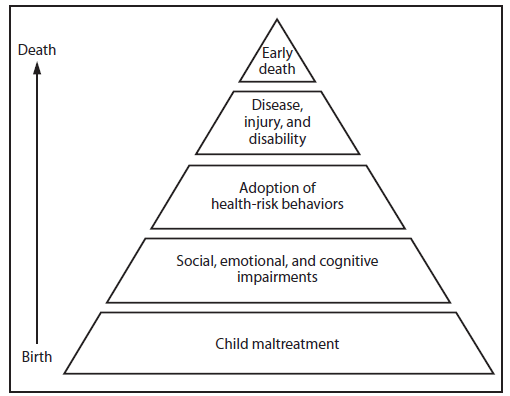Inner Motivations: Counseling SelfReflection
Assignment 2: Discussion Questions: MotivatorsCounseling students enter the field for various reasons. You may or may not be aware that inner motivations guide your behavior and career choices.
Assignment 2: Discussion Questions:
MotivatorsCounseling students enter the field for various reasons. You may or may not be aware that inner motivations guide your behavior and career choices. Motivation plays an important role in undertaking and completing the requirements of your course. Therefore, it is important to understand your motivations for being a counselor or sport psychologist.Each of you must have experienced positive and negative motivation, as well as a loss of motivation, at different times during your life. In this connection, describe the following:
What are your positive motivations for becoming a counselor or sport psychologist?
Describe the reasons why you entered the field and the positive contributions you think you can make.
What are your negative motivations for becoming a counselor or sport psychologist?
Describe reasons you entered the field that you may need to explore or be cautious about.
If you do not gain insight into these negative motivations, how could this impact you or your clients?
Remember to be specific and go beyond “I want to help others” or “I am the one everyone turns to.”Submit your responses to these questions to the Discussion Area by the due date assigned.Through the end of the module, read and review the responses submitted by at least two of your peers. Participate in the discussion by asking questions, providing or asking for statements of clarification, and drawing conclusions. Offer your own assessments of the motivations mentioned by your peers. All written assignments and responses should follow APA rules for attributing sources.Assignment 2 Grading Criteria Maximum PointsPositive motivations provided show a level of self-awareness of inner motivations and outward goals and objectives.4Provided at least one negative motivation.4Clearly described the anticipated impact on self and clients on lack of insight.8Critiqued and assessed the responses submitted by at least two of your peers.8Wrote in a clear, concise, and organized manner; demonstrated ethical scholarship in accurate representation and attribution of sources, displayed accurate spelling, grammar, and punctuation.4Total:28



